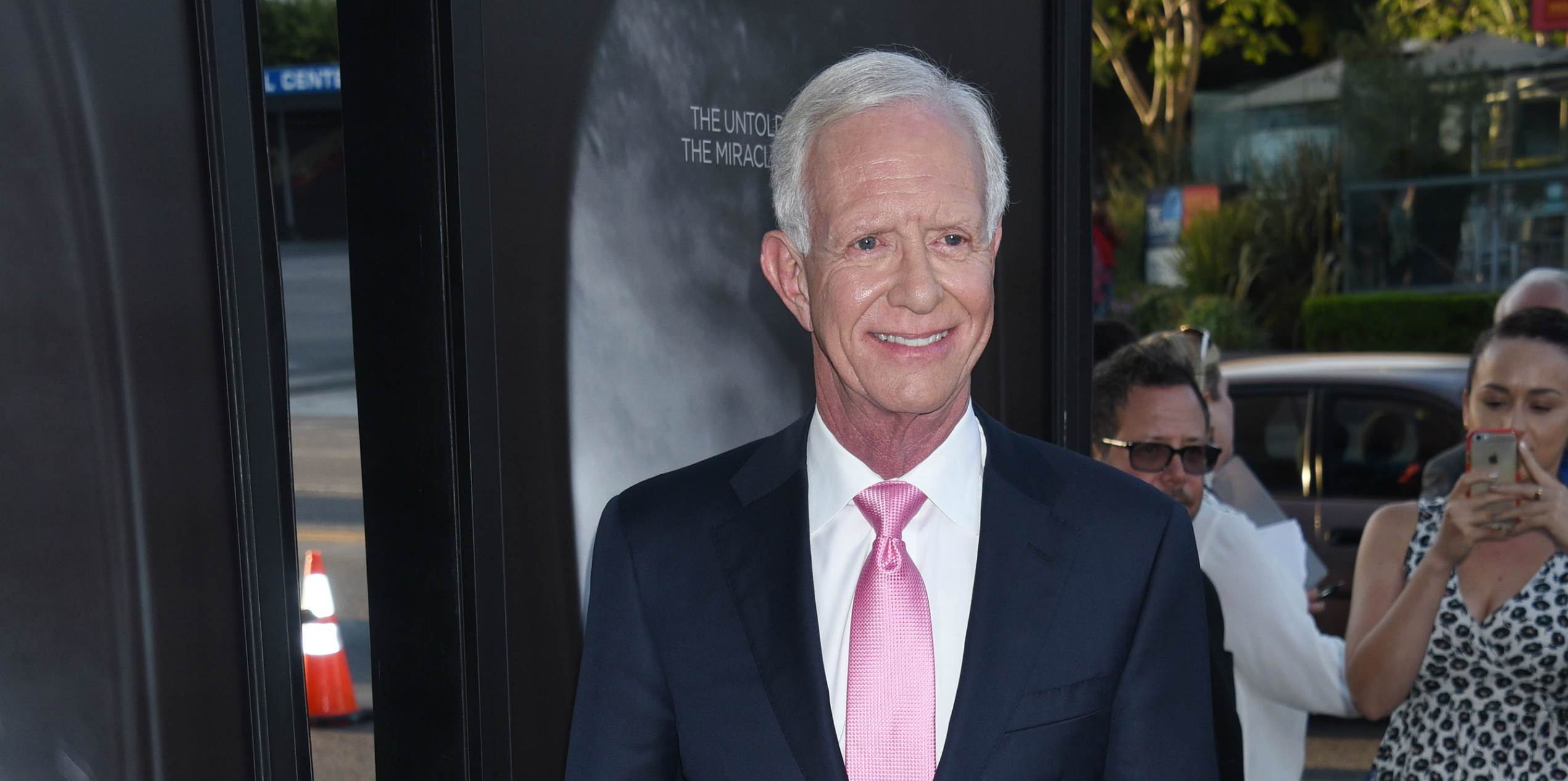In the Face of Campaign to Blame Pilots, Sully Has Something to Say About the 737 Max

In a fiery New York Times editorial, “Miracle on the Hudson” pilot Chesley “Sully” Sullenberger lashed out at those who would blame the woes facing the Boeing 737 Max program on flight crews despite evidence that the aircraft’s controversial Maneuvering Characteristics Augmentation System (MCAS) was a “death trap.”
When well-known journalist and former airline pilot, William Langewiesche recently wrote a piece placing the blame for the industry-changing air disasters involving Boeing 737 Max planes squarely on the shoulders of the flight crews, another famous aviator felt compelled to offer a response. In an op-ed in The New York Times Magazine, “Miracle on the Hudson” pilot Chesley “Sully” Sullenberger lambasts Boeing and the Federal Aviation Administration for allowing a design that “should never have been approved.” He notes that as “one of the few who have flown a Boeing 737 MAX Level D full-motion simulator, replicating both accident flights multiple times,” his opinion is based on firsthand experience.
“In ‘What Really Brought Down the Boeing 737 MAX?’ William Langewiesche draws the conclusion that the pilots are primarily to blame for the fatal crashes of Lion Air 610 and Ethiopian 302,” Captain Sullenberger writes. “In resurrecting this age-old aviation canard, Langewiesche minimizes the fatal design flaws and certification failures that precipitated those tragedies, and still pose a threat to the flying public. I have long stated, as he does note, that pilots must be capable of absolute mastery of the aircraft and the situation at all times, a concept pilots call airmanship. Inadequate pilot training and insufficient pilot experience are problems worldwide, but they do not excuse the fatally flawed design of the Maneuvering Characteristics Augmentation System (MCAS) that was a death trap.”
In Langewiesche’s defense, The New York Times Magazine writer-at-large does fault Boeing for its part contributing to the accidents in his exhaustively researched feature story – if only in that engineers did not adequately anticipate the needs of under-trained flight crews. Like Sullenberger, Langewiesche expresses disappointment in Boeing’s initial public reaction to the back-to-back tragedies.
“The MCAS as it was designed and implemented was a big mistake,” Langewiesche writes. “It remains unclear exactly what went wrong at Boeing — who decided what, and why — but a small collective breakdown had obviously occurred, and the F.A.A. had gone along for the ride. Nonetheless, the lethargy of the company’s initial response to the loss of Lion Air 610 seemed rooted less in fear or feelings of remorse than in genuine incredulity that these two pilots had been so incompetent as to plunge into the sea because of what amounted to a runaway trim.”
Sullenberger has in the past criticized Boeing for its handling of the 737 Max launch and its sluggish response to safety questions. This June, he told lawmakers that it was a huge mistake to not require flight simulator time before 737 pilots were certified to fly the new 737 Max aircraft. “Reading about it on an iPad is not even close to sufficient,” he famously said in testimony before a congressional committee.
In the immediate aftermath of the crash of Lion Air Flight 610, there was a concerted effort by U.S. regulators and Boeing officials to lay the blame at the feet of pilots (and it certainly appears serious cockpit mistakes were made). Following an initial period of defiance in the wake of the crash of Ethiopian Flight 302, those same officials reluctantly turned their focus to potential design issues with the 737 Max aircraft.
As the 737 Max prepares to take to the skies again, a campaign to shift the attention back to pilot error and training deficiencies is once again gaining traction. Just this month, the FAA sent an official communication to the United Nations International Civil Aviation Organization (ICAO) warning that rather than potential design flaws with aircraft, insufficient pilot training around the world is the clear and present threat to aviation safety.
It would seem that at least one well-respected former airline pilot strongly disagrees with that assessment.
























I don't think Sully would agree with the flight being conducted at 13000 feet at 550 Kts. The slightest turbulence would turn over the cocktail carts.
The article leaves out one important fact. Boeing had promised Southwest Airline, that it would pay it $1 million per plane ordered if pilots needed to do additional simulator training, according to Rick Ludtke, a Boeing engineer who worked on the jet’s cockpit systems, and another person who had been involved in the airplane’s development. In my opinion, it was pure greed on Boeing's part to not require flight simulator training. That along with the rush to get the 737 MAX to market with old technologies were responsible for the tragedies. it appears that the FAA is still in bed with Boeing and refusing ti carry out its responsibilities.
I wouldn’t describe what’s happening as a “campaign to blame the pilots” - for around 6 months following the Ethiopian crash, everything published on the incidents vilified Boeing. Posing the question of how the western airlines operated orders of magnitude more 737MAX flights without incident got you shouted down and called a racist. Langewiesche’s article was the first to suggest that there may be more to it than previously reported. I respect Sullenberger’s credentials and opinion, but I don’t think he’s right to pin 100% of the blame on the aircraft.